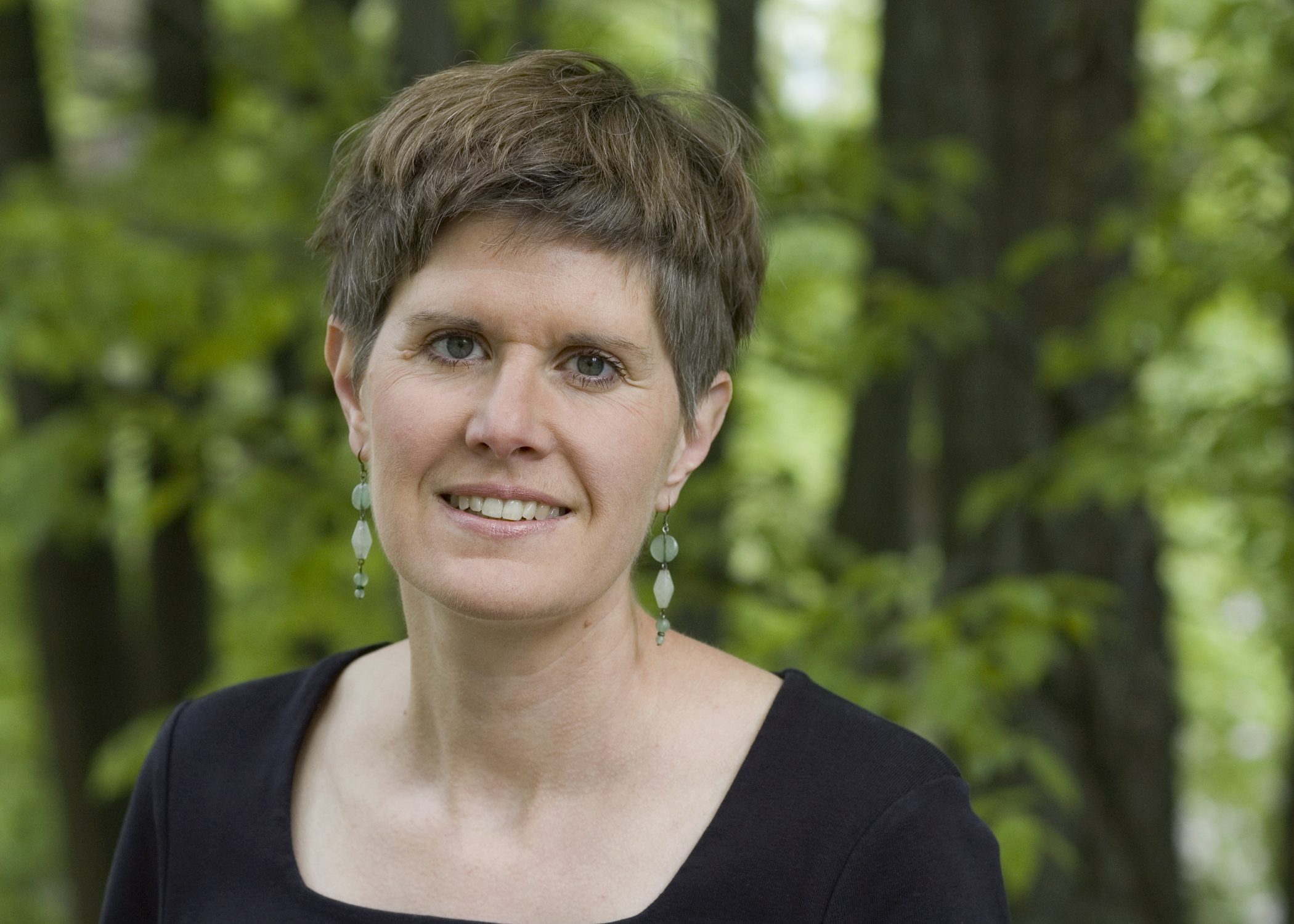
Their work further illuminates the significant connection between a healthy environment and human health.Īt once Sandra’s personal journey and her scientific exploration, Living Downstream is a powerful reminder of the intimate connection between the health of our bodies and the health of our air, land, and water. Several experts in the fields of toxicology and cancer research make important cameo appearances in the film, highlighting their own findings on two pervasive chemicals: atrazine, one of the most widely used herbicides in the world, and the industrial compounds, polychlorinated biphenyls (PCBs). We see how these chemicals enter our bodies and how, once inside, scientists believe they may be working to cause cancer. We follow these invisible toxins as they migrate to some of the most beautiful places in North America. The purpose of this paper is to reflect on Sandra Steingrabers book, Living Downstream: An Ecologist Looks at Cancer and the Environment, and analyze Jim Tarters essay of how he expresses his thoughts on this subject. Thus, we begin two journeys with Sandra: her private struggles with cancer and her public quest to bring attention to the urgent human rights issue of cancer prevention.īut Sandra is not the only one who is on a journey-the chemicals against which she is fighting are also on the move. Critical Analysis Of Living Downstream By Sandra Steingraber.

After a routine cancer screening, Sandra receives some worrying results and is thrust into a period of medical uncertainty. This poetic film follows Sandra during one pivotal year as she travels across North America, working to break the silence about cancer and its environmental links. Based on the acclaimed book by ecologist and cancer survivor Sandra Steingraber, Ph.D., Living Downstream is an eloquent and cinematic documentary film.


 0 kommentar(er)
0 kommentar(er)
